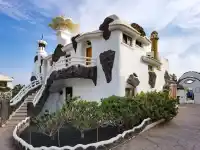Or how we opted for sachertorte over seaside views. If Gdansk is the source of history and industry, Sopot is its light-hearted cousin, with sand in its shoes, the taste of the sea, a hat askew and a drink in its hand.
They say if you haven’t walked the longest wooden pier in Europe, you haven’t truly been to Sopot. Well, we were there. Twice. And we didn’t go on the pier. Out of principle—because they charged an entrance fee. Somewhere in the distance, jazz was playing. We figured that a spa town like Sopot could be appreciated just as well with a slice of cake in hand, not just from a tourist walkway.
The Scent of the Sea and the Paradox of Salty Air
We parked at the edge of Sopot, intending to walk barefoot along the sand for several kilometers, letting the water wash over our feet. But the first few meters convinced us that Sopot, though an old spa town, is still evolving—demographically and architecturally. Along the beach, we passed ultra-modern apartment buildings and the Chinese hotel Zhong Hua. 🙂
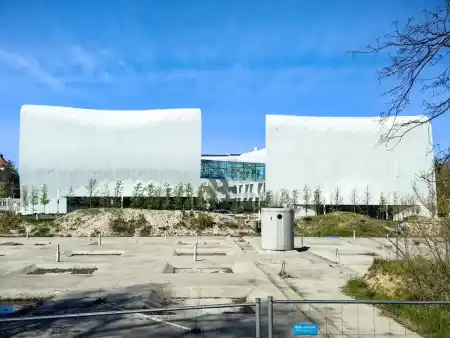
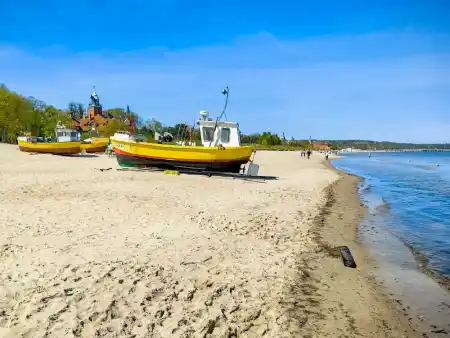

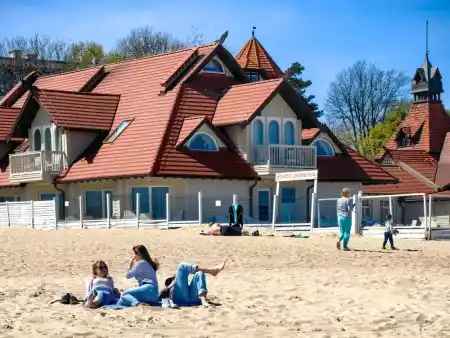
“This sea feels different,” Johny remarked, eyes fixed on the horizon.
“It’s shallower, warmer, less salty, almost without tides. It pretends to be a lake in disguise,” I replied, tea in hand, wind tugging at my jacket.
Sopot is spa-town nostalgia with a beachside twist. Elegant villas with a patina, promenades filled with people who only pretend to be in a hurry, and a quiet that remains civilized despite the crowds. It’s not a noisy resort, although… more and more tourists are realizing that exploring Turkey or Egypt in 40°C summer heat is nonsensical. Sopot, like other Baltic slow-travel destinations, is poised for a grand revival.
Downtown is alive. Bohaterów Monte Cassino Street (or simply “Monciak”) is full of cafés, bars, ice cream parlours and open-air concerts. Locals love it and hate it, even in April it’s boiling. In the summer, there’s a rush. But if you like people and a bit of circus, you’ll be in paradise.
The Pier We Skipped
Yes, the pier is there. Impressive. At 511.5 meters, it’s the longest wooden pier in Europe, stretching into the Baltic Sea.
“Want to go?” I asked Johny.
“Only if they’re selling something fried at the end,” he replied.
They weren’t. And they charged an entrance fee. Not much, but enough for us to decide that culture could be absorbed from a café terrace. We tested the amber vendors, and three cakes later, we knew more about Sopot life than some pier visitors.
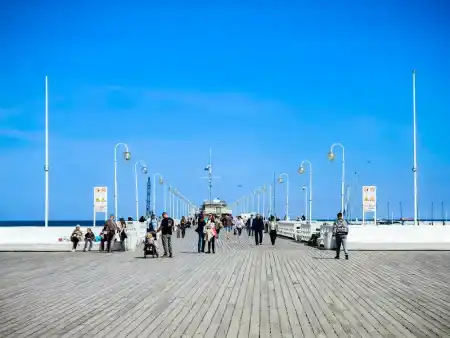
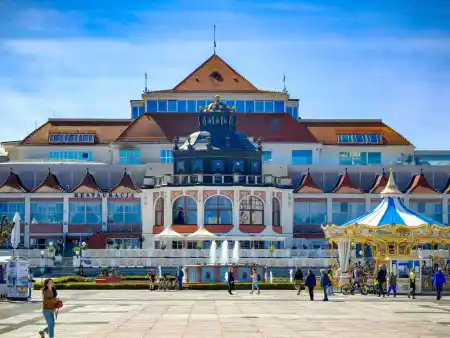

Long Walks and Short Answers
Our leisurely pace along the sea soaked all our blisters and allowed for conversations about the Baltic, the region’s history, and what truly makes a seaside town seaside.
“How can the beach be empty when the weather’s so nice?” Johny wondered.
“Because it’s damn cold and it’s April. Locals say the Baltic summer lasts about three weeks, half of which are taken up by conferences,” I answered.
Despite the gilding, Sopot has its own melancholy. When you walk along the beach in the morning, when it’s foggy and only seagull and shoe marks remain on the sand… then you understand that even a resort has a soul. Some days the wind carries jazz from the hotel terrace to the beach. Other days, just the call of seagulls. But you always get the feeling that Sopot is more than a place – it’s a mood.
We walked kilometers along the promenade, passing children with bubble wands, runners, cyclists, dogs, elderly ladies with parasols, and especially many couples who were silent so harmoniously, it was suspicious. We found a moment of peace that wasn’t forced. And that’s not always easy to find by the sea.
Sopot Fictions?
Year 1925. Imagine spa doctor Hans, who during the interwar years prescribed inhalations of sea air, cold compresses, and social dancing.
Elsa, a lady from Vienna, arrives and asks, “Doctor, how long should I stay here?”
Hans replies, “Until Sopot convinces you that the sound of the sea is better than the noise of the city.”
A hundred years later, we agree with him.
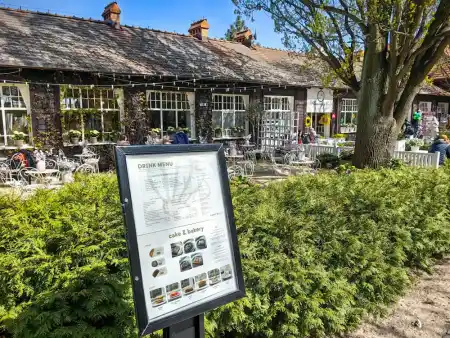

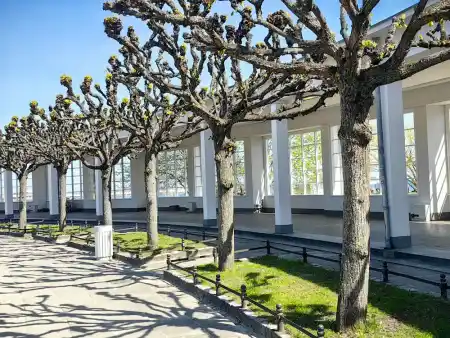
Sopot’s Unique Calm Atmosphere
Sopot has a unique calm atmosphere. It resembles spa towns like Františkovy Lázně, Piešťany, or Karlovy Vary, but without thermal springs—though with the sea and sand.
Gdańsk, Sopot, Gdynia: The Tricity Cycling Route
From Gdańsk’s Jelitkowo Beach, a luxurious cycling path leads along the sea through Sopot to Gdynia. No cars in sight. Sheltered, flat, with plenty of pubs and stops. We envied the cyclists and simultaneously questioned our conscience—where were our scooters? They didn’t fit in the plane. Next time, we’ll come by train.
We were still kicking sand out of our shoes in the evening. But something from Sopot was still there. Maybe it was the peace. Maybe it was the salty smell of the sea. Or just the feeling that sometimes you really just have to sit in the sand and watch someone else anchor the boat.
Why Go (or Not Go) to Sopot?
- It’s just a few minutes by train from Gdańsk—ideal for half a day or a full day.
- If you don’t want to go on the pier, you don’t have to. The city offers more than just views—gardens, cafés, a long beach.
- Food? Excellent. Try Baltic fish, local Polish beer. Or just sit with a coffee and cake. There’s no shame in experiencing this place through its flavors.





